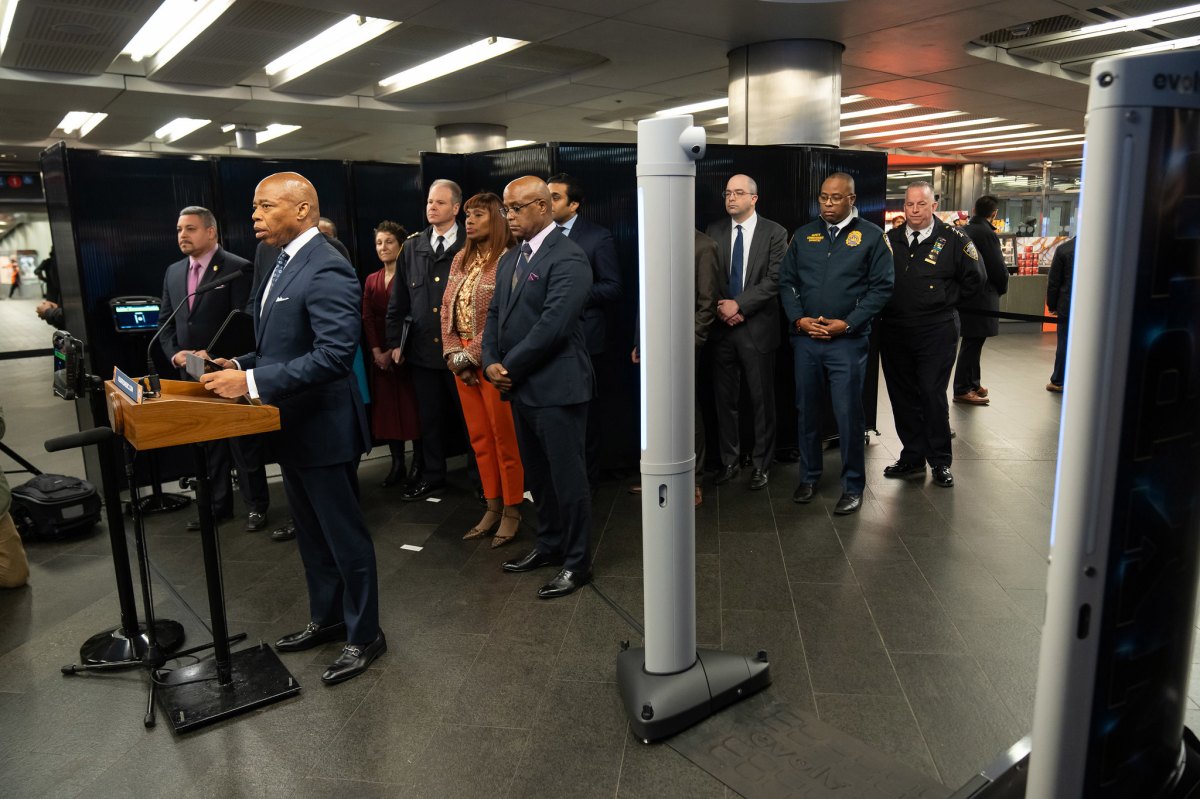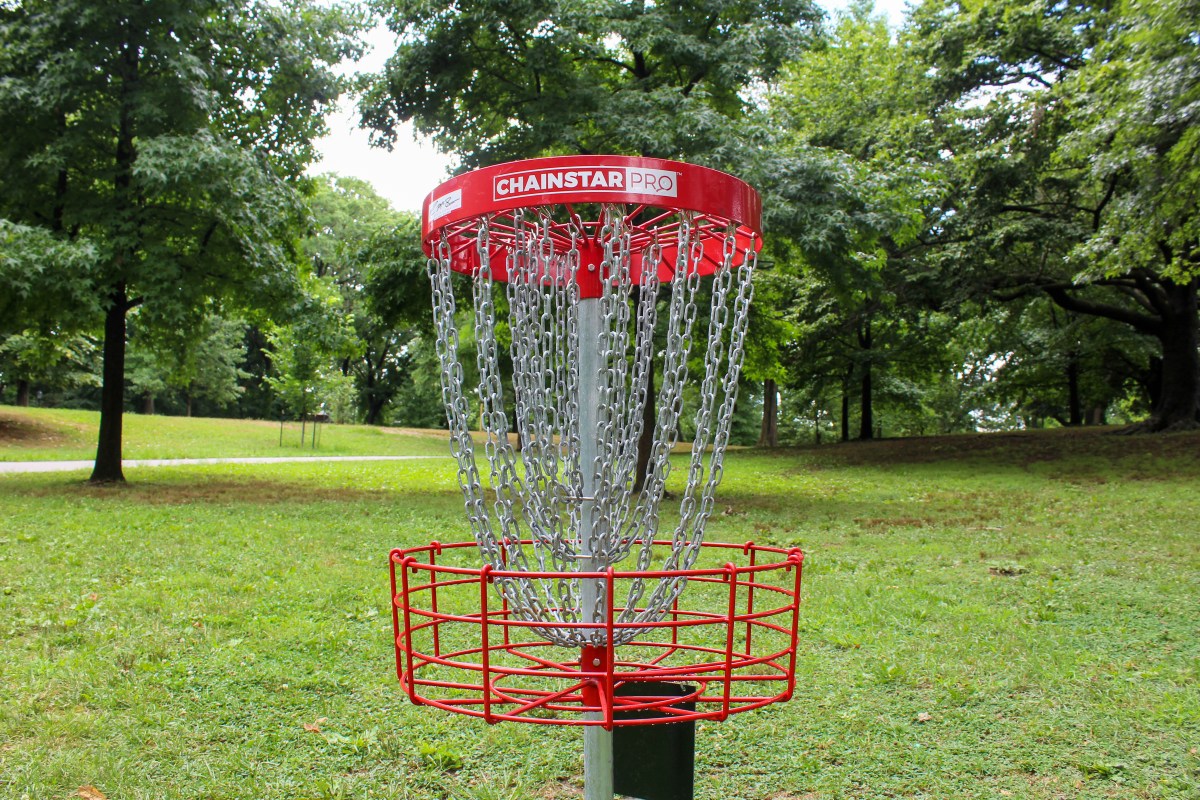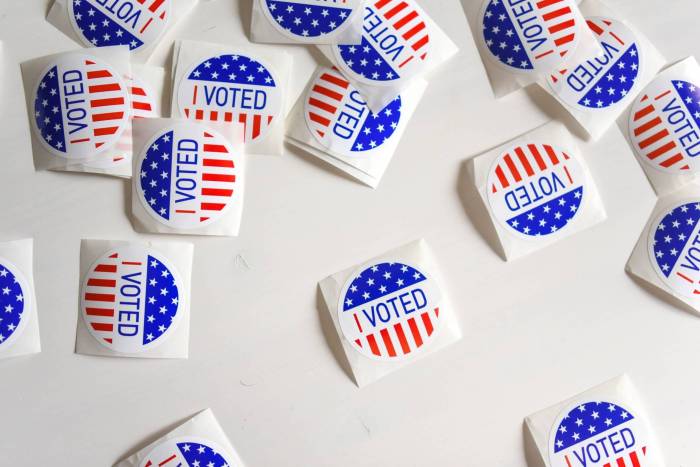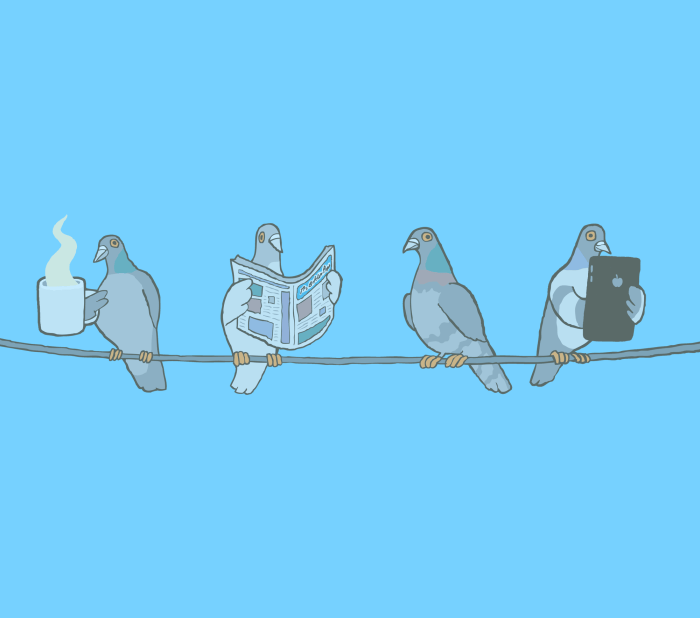I think almost every week my column could be headlined “Worrying Trends” or “This is Ominous.” There is one small ray of light: last week I indicated that Bill de Blasio did not seem to be in possession of reality about the reopening of city schools. Since then, he has delayed the reopening by eleven days so as to be better prepared, an amazing concession to reality. None of the teachers I have heard from feels confident that anyone knows what they are doing here, though.
Today’s column is about making some pretty dire recognitions about the reality of the future our city is facing. I’m limited by space, so here’s the only point in the column where I’ll be using the following words, but they are present in my thoughts: unemployment, food shortage, bread lines, evictions, homelessness, violence.
The future of this city is dire. We’re not going to stop being the most important city in America, but a lot of what powered us is gone: dead or dying and not coming back. Let’s look at just one city industry: fashion. New York is clearly the dominant city for fashion in North America, and that industry has retained its glamor but been less and financially sustainable over the last decade. Even before the pandemic, many well-known brands were going under. Probably most fashion brands are not coming back; many department stores are not coming back; Fashion Week is almost certainly not coming back for a while, if ever; I expect many dry-cleaning stores to close as many people no longer go into the office.
A lot changes without all those people commuting into offices. Millions of people in this city will still commute, but the aspirational, highest-paying jobs will likely be mostly remote. What is Class A commercial real estate even worth any more? Those buildings include many of the most iconic in New York’s skyline, but also the taxes when those office buildings are sold helps fund the transit system.
The subway doesn’t run 24 hours any more, and it’s clear that the transit system is going to absorb significant further budget cuts. A large majority of this city’s restaurants and bars will not make it to the end of the pandemic.
A huge portion of the city’s budget is dependent on income taxes on high-earners here; I think those high-earners are much more likely to stay in suburbs going forward, many across state lines.
Services will be cut: that hits the young and the old, the disabled and the poor the hardest.
At some point, housing costs and rent will go down, though probably so will building maintenance.
Sill, New York will endure; it always has.






















